4. Melanocytic nevi (50 percent)
Also known as moles, melanocytic nevi are small, pigmented spots on the skin that usually appear during childhood or adolescence. The number of moles varies by person, from a handful to hundreds. Typically, they have clear-cut edges and are uniform in color. They can darken or enlarge during adolescence or pregnancy. Most moles are harmless, but they can, on rare occasion, become cancerous. So it is important to monitor them and see a dermatologist if they get larger suddenly; develop an irregular border; become darker or inflamed; show spotty color changes; begin to bleed, crack or itch; or become painful, according to Harvard Medical School.
5. Tinea pedis (49 percent)
Tinea pedis, or athlete’s foot, is a common foot infection caused by fungi called dermatophytes that thrive in warm, moist environments. Symptoms include itchy feet; cracked, blistered or peeling skin between the toes; or redness and scaling on the soles. The infection can also spread to the toenails, turning them thick and cloudy yellow. (Onychomycosis, or nail fungus, was found in 29.9 percent of the older adults.) It can take months for athlete’s foot to respond to treatment, and once someone has been exposed, it’s easy for the fungus to return. Over-the-counter antifungal medications are recommended. If those don’t work, talk to your doctor. People with diabetes easily get skin infections, so they should see a doctor as soon as anything unusual appears on their feet, according to Harvard Medical School.
6. Rosacea (26 percent)
More common among fair-skinned women, rosacea causes redness and visible blood vessels, usually on the face. The skin condition can be mistaken for acne, other skin problems or natural ruddiness. It is a relapsing condition, which means there are periods when symptoms are particularly bad and times when they are less severe. The cause is unknown, but it could be due to a combination of hereditary and environmental factors, according to the Mayo Clinic. There’s no specific test for rosacea, but you may need further tests to rule out other conditions with similar symptoms, such as lupus. Creams, gels and oral medications can help reduce spots and redness from rosacea. If you have the condition, the Cleveland Clinic advises that you avoid common triggers such as alcohol, spicy food and stress. The National Institutes of Health also recommends that you use pH-balanced skin cleansers rather than soap, use moisturizers regularly and apply a broad-spectrum sunscreen with SPF 30 or higher when out in the sun.
7. Actinic keratosis (22 percent).
This disease is distinguished by a rough, scaly patch of skin that develops slowly from years of sun exposure on the face, lips, ears, back of hands, forearms, scalp and neck. With time the spots or patches may become hard, with a wartlike surface. When an actinic keratosis forms on the lip, it's called actinic cheilitis.
It's important to identify these growths on your skin, according to the American Academy of Dermatology (AAD). They can look like a harmless new age spot, patch of irritated skin or pimple, but a small percentage can turn into a type of skin cancer called squamous cell carcinoma. To see photos of some of the diverse ways actinic keratosis can appear on the skin, visit the AAD website.
8. Asteatotic eczema (21 percent)
This condition, also called xerotic eczema or eczema craquelé occurs when skin becomes abnormally dry, itchy or cracked. It's common among older people and often happens in winter, according to the AAD, especially in colder areas where indoor heating makes the air dry. Frequent bathing, certain medications, irritating soaps and scratchy wool fabrics can make it worse. To help prevent this condition, take short, cool showers with mild, fragrance-free soaps. Applying a petroleum-based lotion within three minutes of bathing can also help. For severe cases, doctors can prescribe a topical steroid. The study found this condition was more common among women.
Editor's note: This story, first published Aug. 11, 2020, has been updated to include new information.

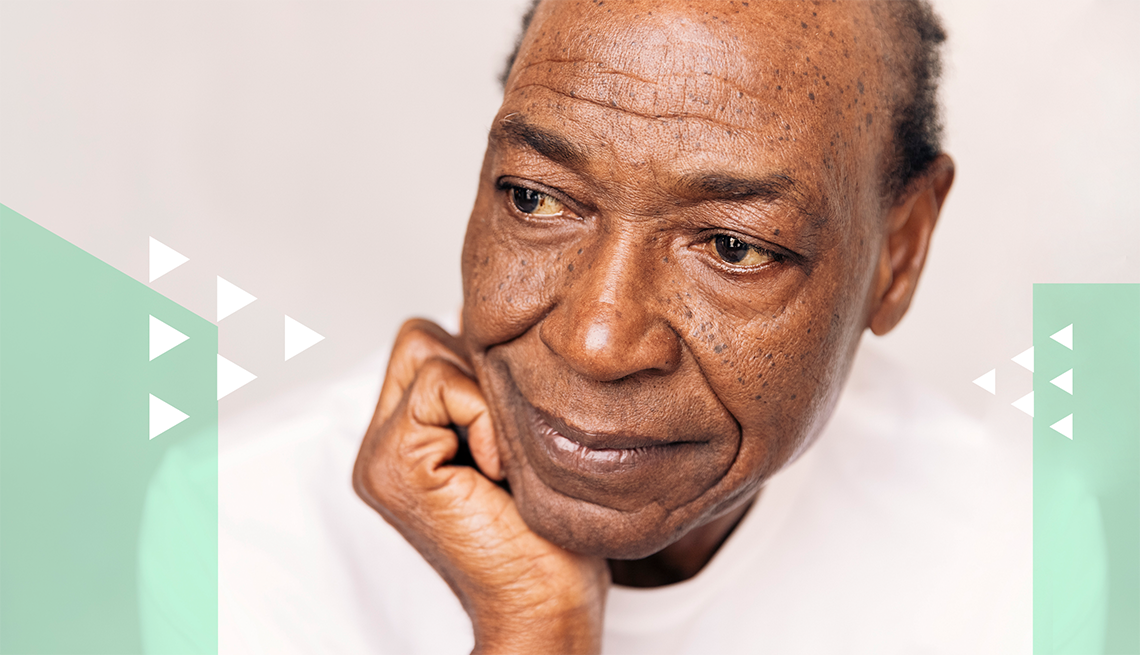





























































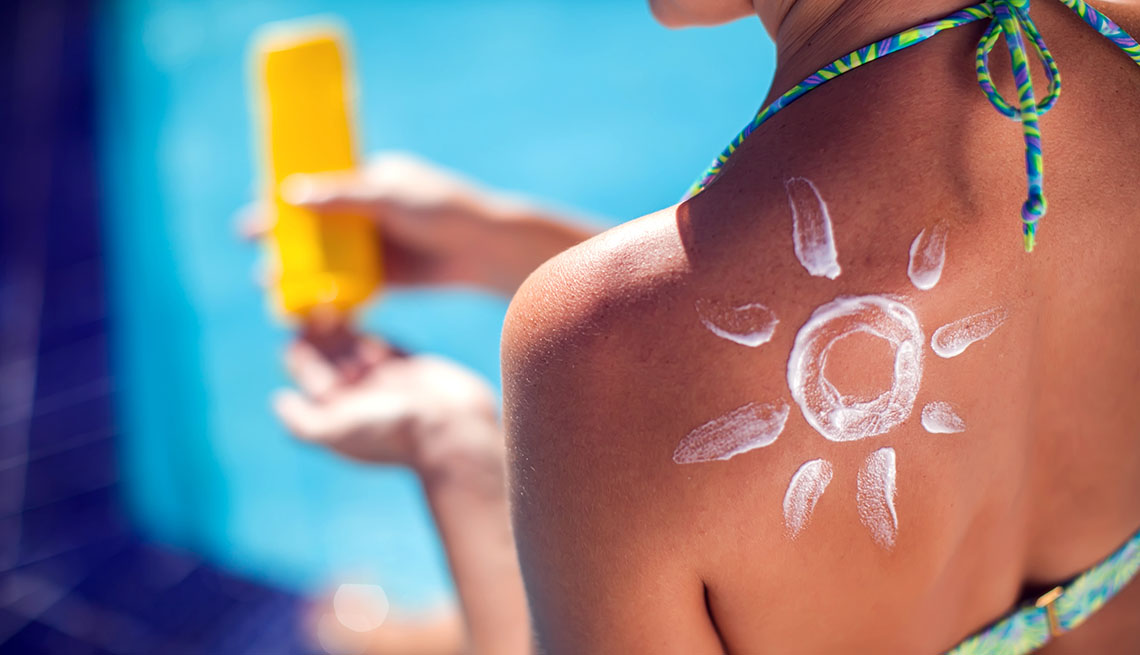
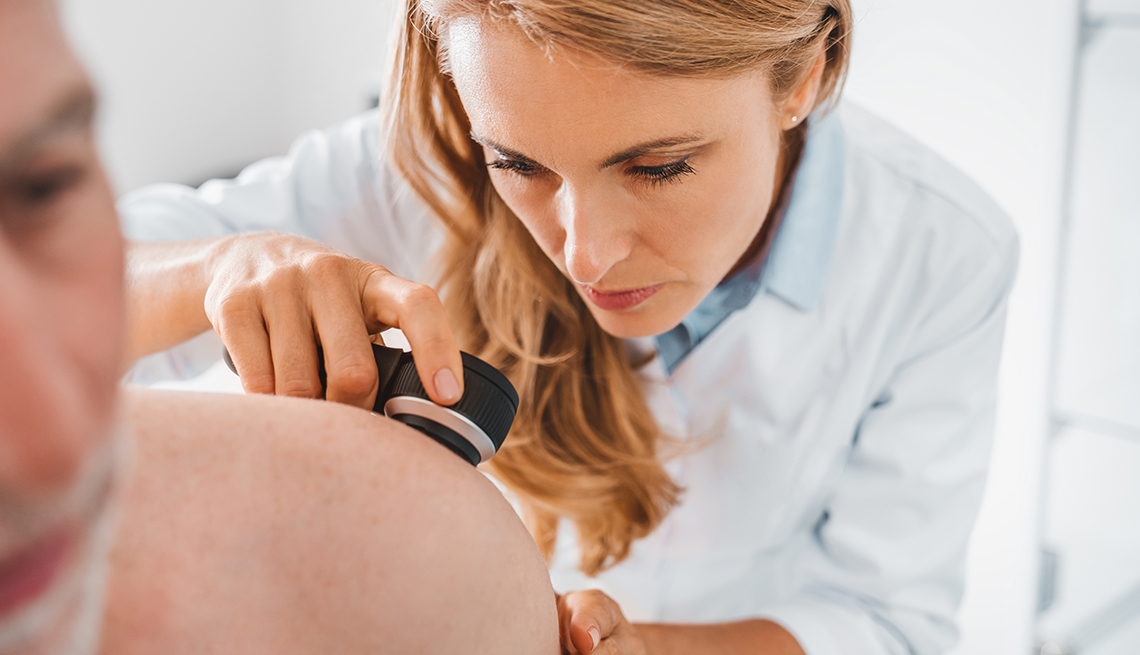
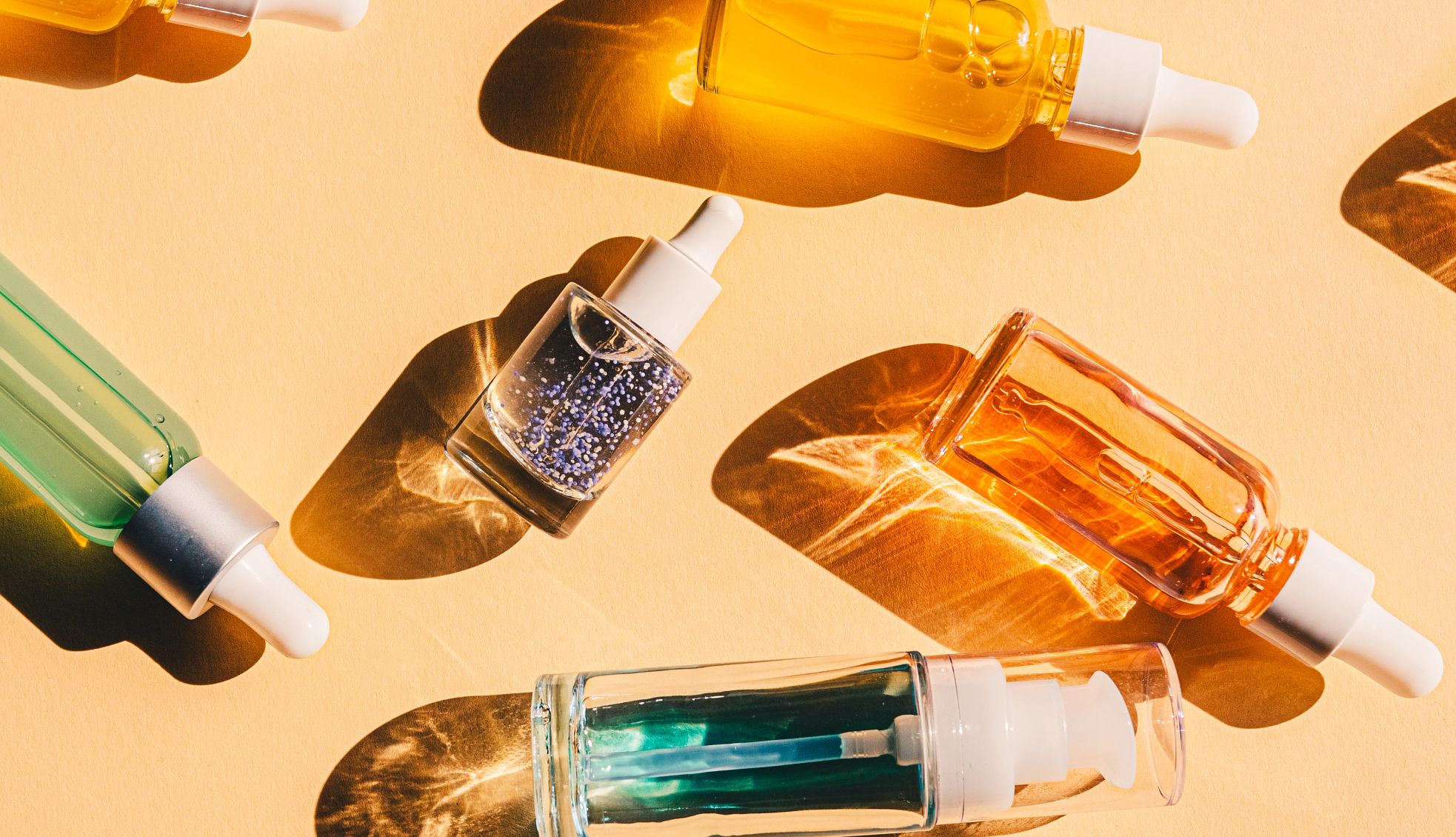
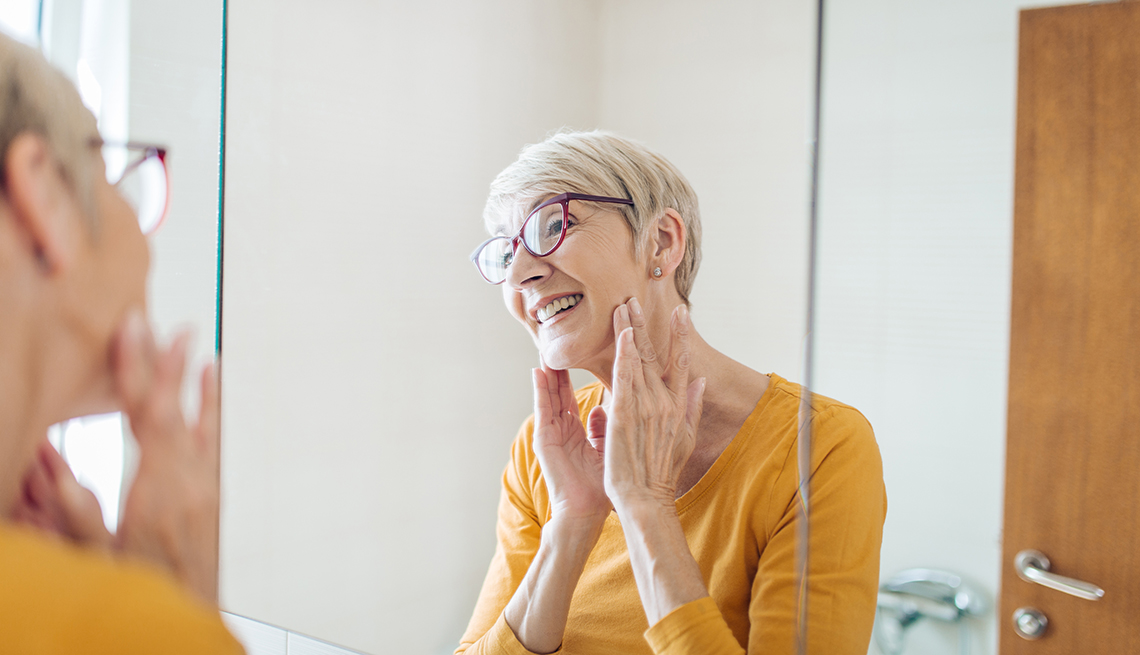
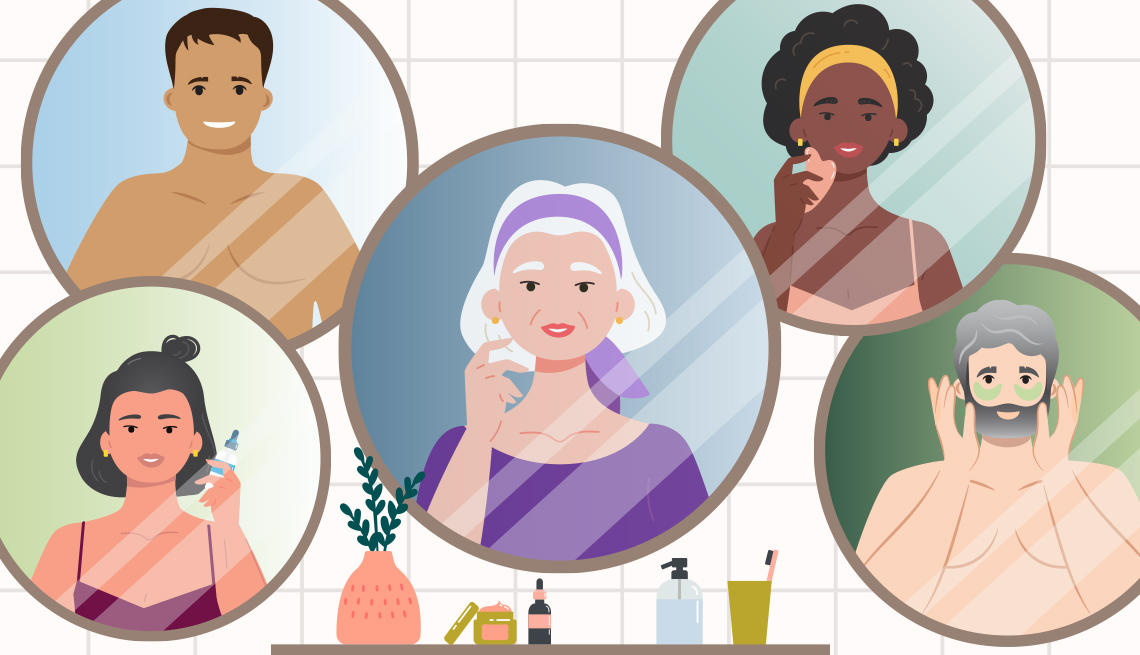
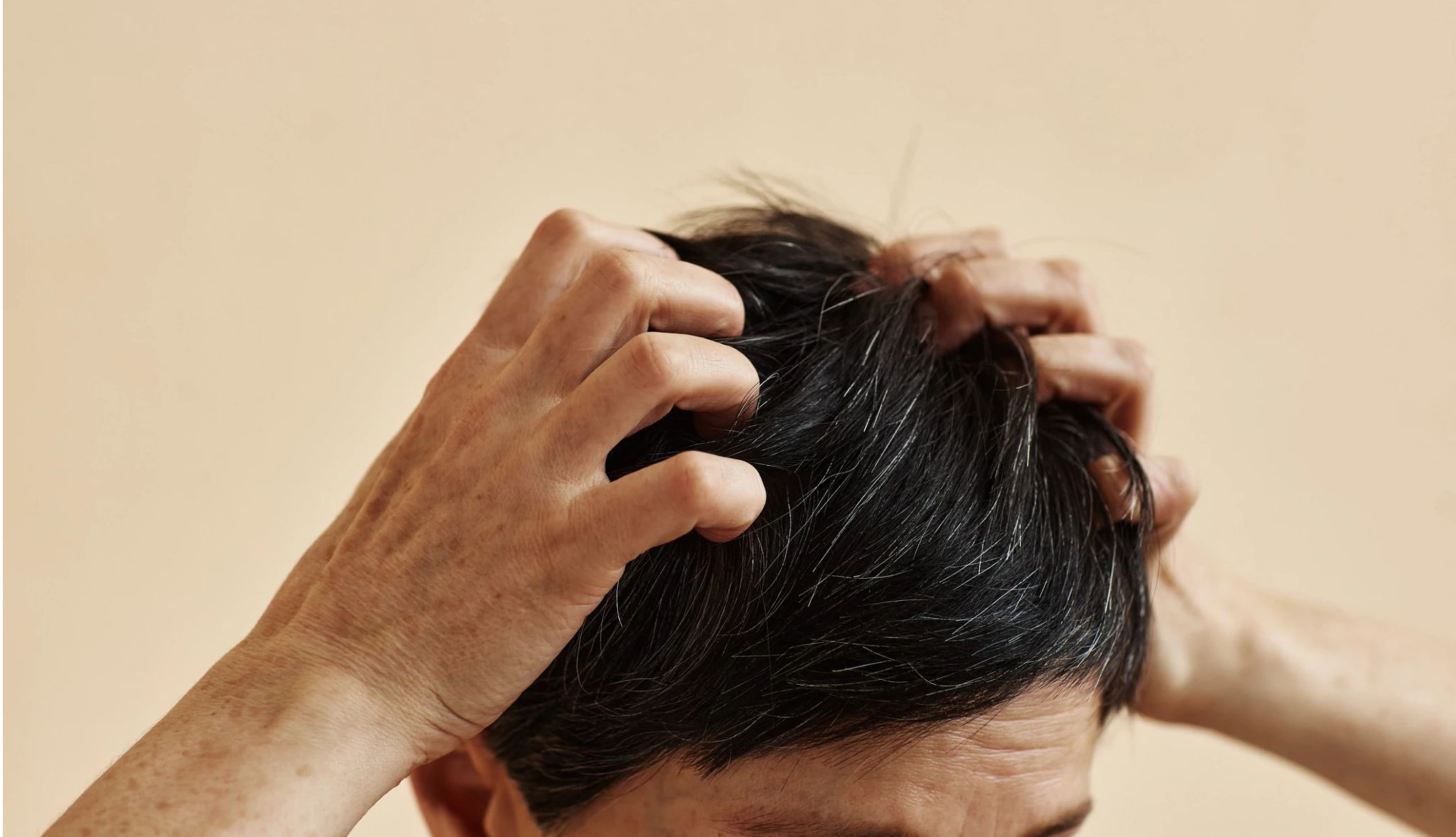

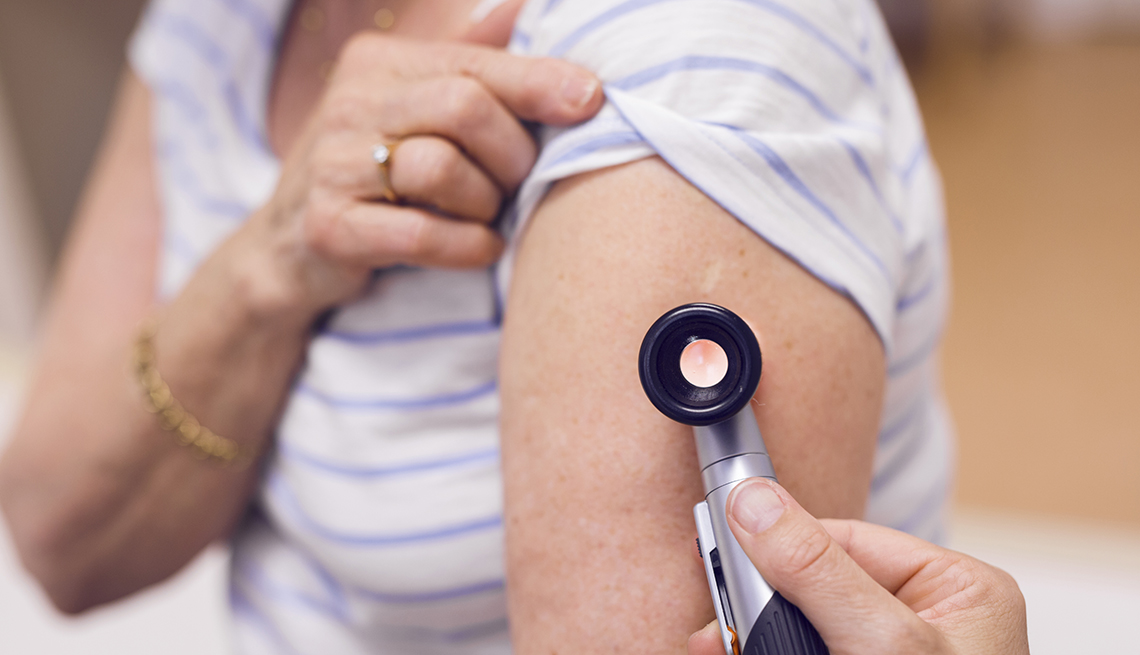

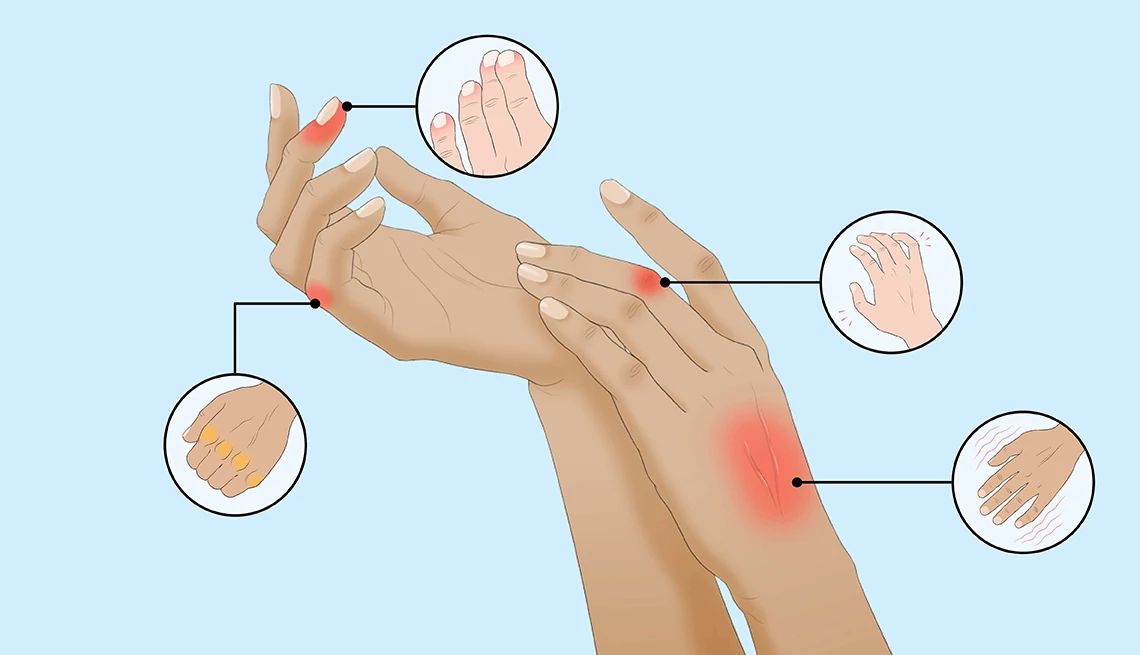



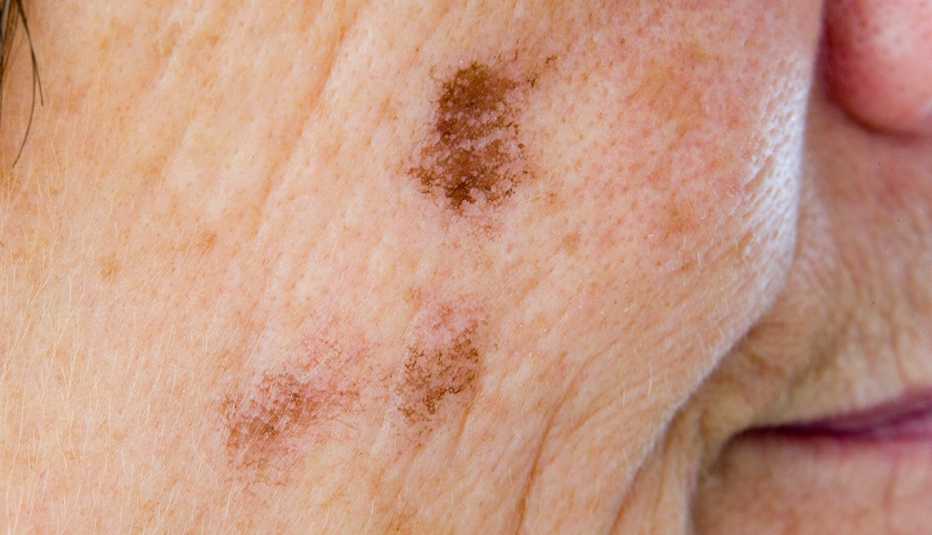








More on Health
7 Skin Conditions That Need Medical Attention
They may not signal skin cancer, but they could still spell trouble
Skin Tags: What They Are and When You Should Remove Them
How to safely rid yourself of these harmless growths if they irritate you
DIY Skin Fixes That Don't Require a Dermatologist
Simple over-the-counter solutions for common skin problems
Try These Tips for Living a Healthier Life
Small changes can add up to big mental and physical results